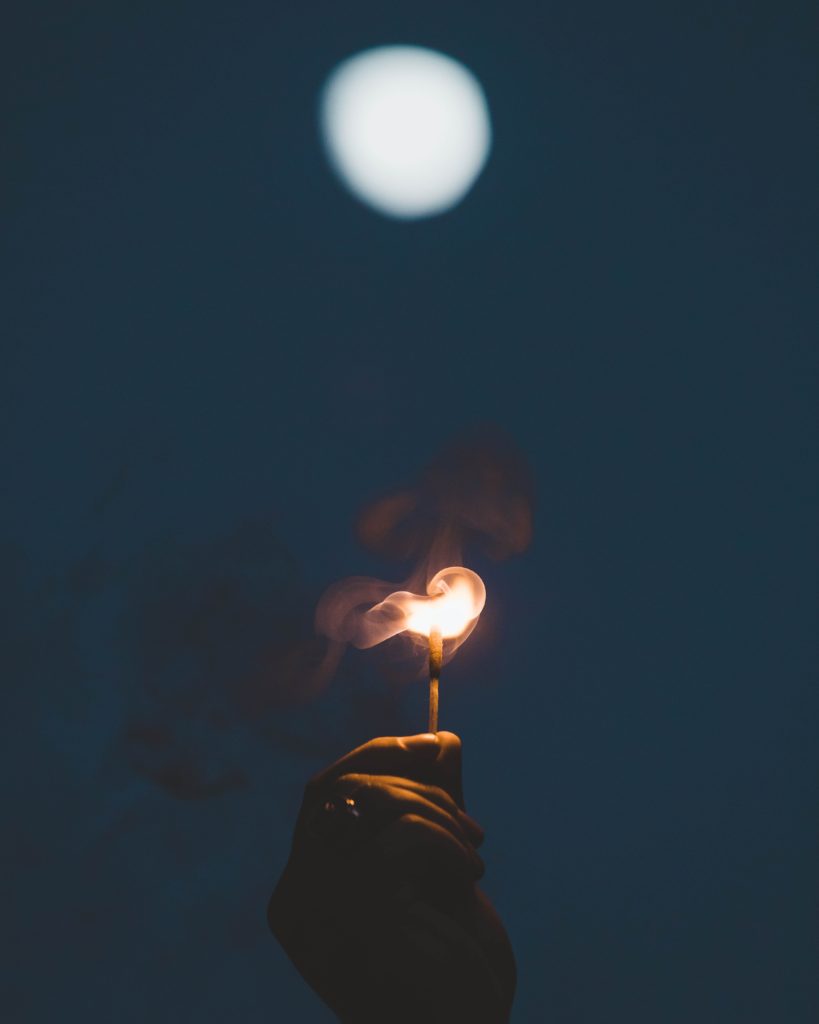
Campfires 101: Everything You Need to Know from Fire Starters on Up
We may earn money or products from the companies mentioned in this post.
Fire Starters? How To Prevent Starting A Wildfire While Camping? Smoky the Bear’s famous catchphrase was right. Here’s a quick outdoorsman’s guide to ensuring the next terrible forest fire isn’t their fault.
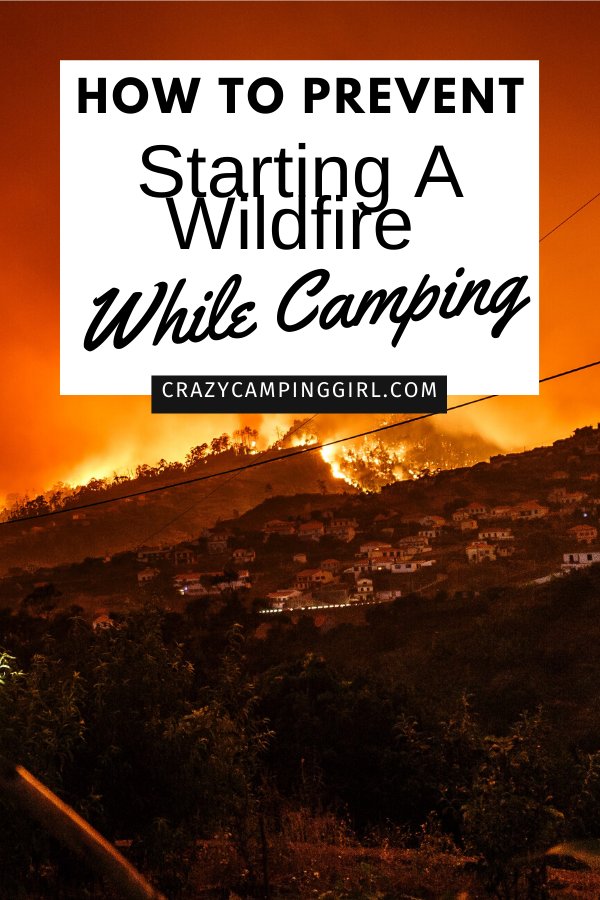
While working on Campfires 101: Everything You Need to Know, we wanted to cover the prevention of wildfires, how to make fire starters, and also important things like making the perfect fire. When you not only like to use your fire as a heat source but want to cook on it? There really are a ton of things to consider.
How To Prevent Starting A Wildfire While Camping
About 10 percent of wildfires are caused by lightning, according to the McGraw Hill Encyclopedia of Science and Technology.
While there’s nothing that hikers and campers can do about the natural causes, it’s easy to avoid being part of the 90 percent caused either directly or indirectly by humans.
Accidental Wildfires are Easy to Prevent
While the most massive fire in Los Angeles history was ruled arson in September 2009, at least five of the 20 worst wildfires in California history were directly caused by humans in preventable ways, according to the Department of Forestry and Fire Prevention.
The most obvious ways of preventing wildfire on the trail are simple:
1. Pay attention to fire danger warnings, both on the trailhead and online.
2. Make sure cigarettes and matches are cold to the touch before disposing of them.
3. Burn brush only when the burn risk is low, in a clear area and, with water to smother the flames if they get out of hand.
4. Create controlled campfires and extinguish them safely.
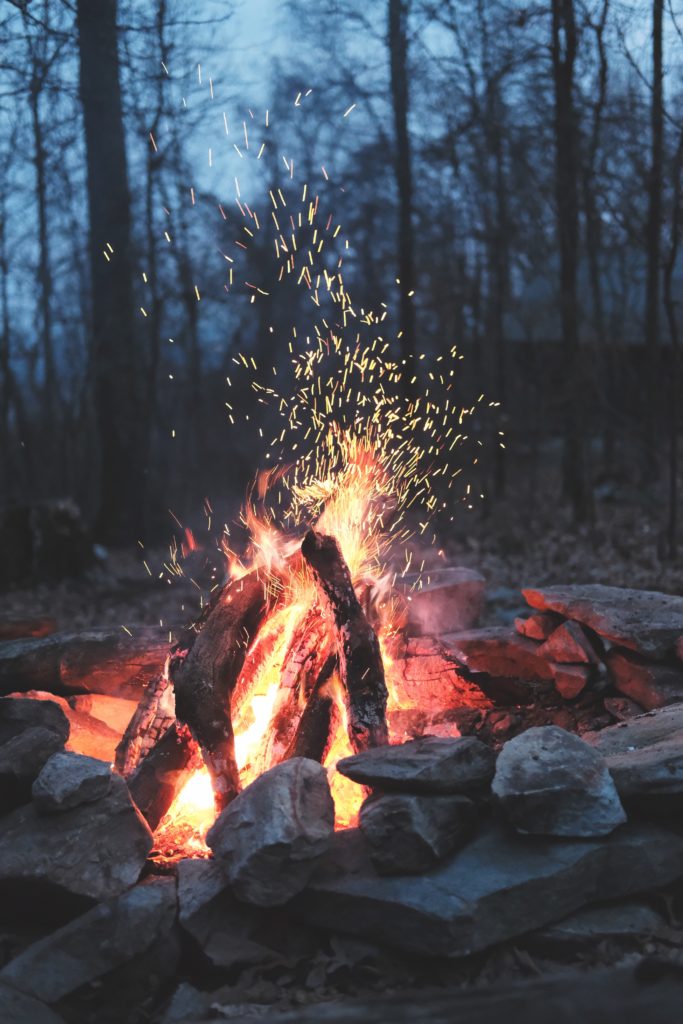
Building and Extinguishing a Safe Campfire
According to the Boy Scout Handbook, the first question is not how to build a safe campfire; it’s whether a campfire is even necessary. If cooking is the only need, the fire risk is high, and there’s no need for warmth, consider using a camp stove only and not lighting a campfire at all.
If lighting a campfire, choose a spot where nothing will catch flame except the fuel that’s intended to burn. If a campsite has a designated campfire area, use that area. If one is not available, choose gravel, sand, or non-organic soil (such as silt, clay, or sand found along riverbanks) to build a fire on.
Clear away all needles, leaves twigs, and anything else that could catch fire. Make sure that the fire is well clear of bushes, grass, and trees, including overhanging branches.
Do not use any fuel to light the fire (such as gasoline or lighter fluid). Once the fire is lit, make sure that someone is supervising the fire at all times and that a bucket of water is nearby to douse the flames if they get out of hand.
When done with the fire, douse the fire with water and stir it with a stick. Continue to douse and stir until every part of the fire is completely cold to the touch.
Easy Fire Starters for Camping
Yes, it is camping season, the weather is amazing, and it is the perfect time to get outdoors, but camping is not the same without a nice campfire to sit by through the night and roast marshmallows.
The only problem is, is not everywhere you go will have the perfect kindling to start your fire, you could try toilet paper, but that isn’t always going to work, and buying firestarters are just another expense you don’t need, so try these easy fire starters for camping. They require almost no work at all, and you can make or find them at home at no cost!
Dryer Lint Fire Starters
Not everyone knows this, but dryer lint is HIGHLY flammable, and you have tons of it, assuming you do your laundry. Stop throwing it away and start saving it! Now you could use it all on its own, but that is going to be just like using toilet paper. So instead save a few egg cartons, cut the cartons up, and stuff some dryer lint into each individual pocket.
Next, you are going to want to meltdown some wax (you can go and buy some if you’d like or just use what you’ve got around the house). Dip the pocket from the egg carton with the lint inside it into the wax and pull out, let dry, and voila! Little fire starters for your next camping trip.
Chips as Fire Starters
Some may know this, but chips work great as a quick and easy fire starter. The trick is to pick the greasier ones, some of the best are Doritos, Fritos, and just plain old corn chips. They burn quite long, and you will have a fire in no time!
Charcoal and Egg Cartons Fire Starters
Now, this time, you want to keep the egg carton whole. You ant to take some charcoal pieces and individually place them into each compartment in an empty egg carton. Close it and then light the egg carton up and BAM!
It’s like a homemade firestarter log. Some people like to spray some bug repellent onto the egg carton before they light it to give it a little extra oomph.
Vaseline and Cotton Balls as Fire Starters
You can make so many of these and keep them for emergency use also. Just take and meltdown the vaseline dip one cotton ball in it at a time until you have as many as you want. The vaseline gets into the crevices of the cotton ball making it highly flammable.
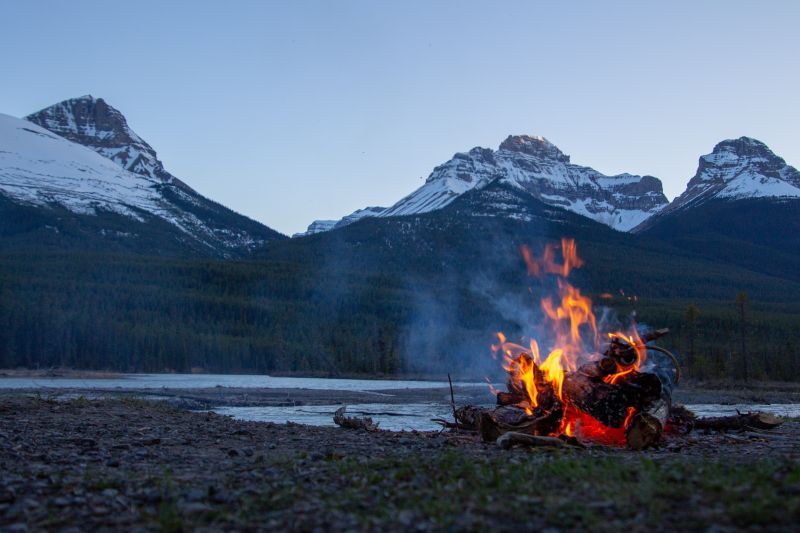
Hand Sanitizer as a Fire Starter
Almost everyone keeps this stuff handy, and it is probably a good idea too. For a quick fire starter (make sure the brand you use contains alcohol), just squeeze a good amount onto a piece or a few pieces of wood and light it on fire. It will burn long and dry things out, catching the log or piece of wood on the fire.
These are just a few simple and easy fire starters for camping. They are nice to have handy in any situation, easy and cheap to make, and work great. Stop buying fire starters and start making your own!
There are plenty of others out there too. Have you used any of these fire starters? Do you know of any that aren’t on this list? Share in the comments!
Building That Campfire
What you do today affects those who follow tomorrow — advice on camping and having campfires using good no-trace camping etiquette. That is why campfire building techniques are so important!
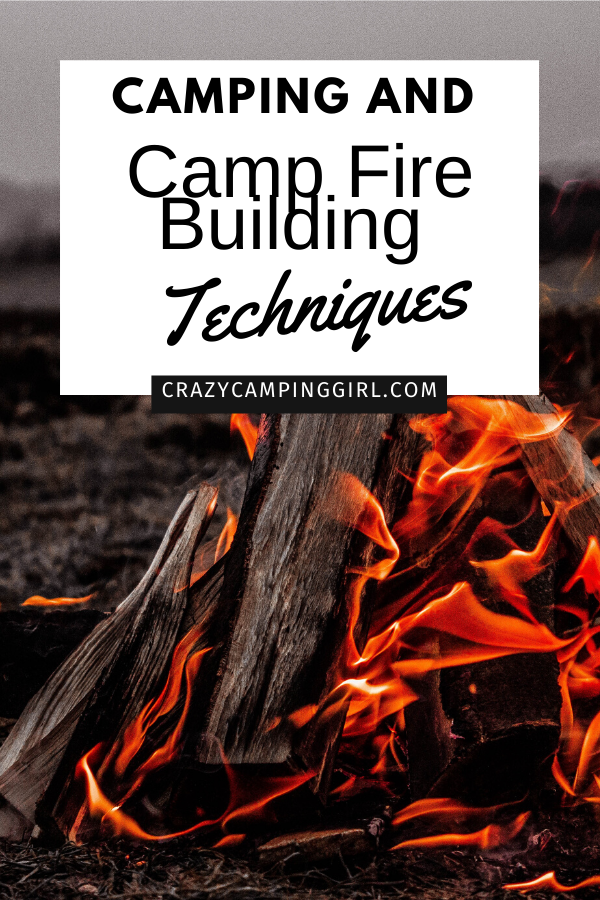
Whether you are camping in a public park or the wilderness, a campfire can be a pleasant blessing, a comfort, and troublesome all at the same time. There has grown an unspoken campfire etiquette: keep it simple and keep it small.
Camping And Camp Fire Building Techniques
There are two camps when it comes to campfires. One side doesn’t see the need to have a campfire at all, especially in summer, when the evenings are warm. They are a hazard in the summer months, and the gathering of firewood can be a problem. The other camp sticks a tongue out at these fuddy-duddy party poopers and will not hesitate to
light a campfire at any time. Those who do choose the fire route often do things that don’t groove with proper fire etiquette. There are a few simple, common-sense rules to selecting a fire site, starting a fire, maintaining and caring for the fire, and what happens after you are gone.

Building the Perfect Campfire
Now that you have the perfect fire-starters, you need to know how to build the perfect fire.
Tear off one cup and place it in the center of the firepit.
Using small twigs (kindling), erect a teepee over and around the fire-starter. Place a couple of the larger sticks of wood over the teepee.
Light the fire-starter by holding a match or lighter to the sides and top of the egg cup. Be sure there is enough space around the fire-starter and kindling to allow oxygen to fuel the fire.
When the kindling is burning well, slowly place larger twigs onto the teepee to keep it burning. As the pieces of wood catch fire and burn, add larger pieces of dry wood without smothering the fire.
Camp Fire Safety: Camp Fire Building Techniques
- Only build fires in a man-made fire pit that has been dug out and lined with sand and gravel.
- Keep children a safe distance back from the firepit and clear any debris or obstacles that could cause trip hazards.
- Thoroughly extinguish the fire with water or sand. Never leave a fire unattended.
- An impromptu campfire built on the ground is dangerous. Even when extinguished, underground roots may be smoldering and lead to a forest fire.
- Never cut down live trees or branches. Not only is it destructive to the environment, but green wood doesn’t burn.
- Never use combustible products (such as barbecue lighter fluid) to ignite a fire.
- Keep a pail of water nearby to douse the fire in emergencies.
Now you have a pack of twelve fire-starters. When packing your camping supplies, take the whole carton or simply tear off one for as many campfires you’ll have. You’ll never look at dryer lint the same way again.
A tip
When building a fire pit from scratch, a good method of no-trace fire etiquette is to create a fire platform. To do this, gather smaller stones of similar sizes and make a bed. Search out flatter stones and lay them on the foundation of smaller rocks.
Surround the platform if you can and build your campfire on the raised platform. The rocks will hold the heat in, so restarting the fire will be less effort. Before leaving camp, dismantle the platform (remembering the stones can be hot) and discard the ash carefully.
Other posts you may enjoy:
- Easy Fire Starters for Camping
- Whimsical Campfire Cupcakes
- How to Camp When the Ground is Wet
- 10 Camping Tips For When It Is Hot
- 11 Tips for Camping with Toddlers
- How to Camp With Dogs

